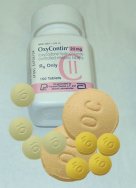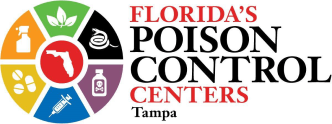Oxycontin
OxyContin, Oxycodone, Hillbilly Heroin, Oxy’s, Poor Man’s Heroin
 What is OxyContin?
What is OxyContin?
OxyContin refers to the continuous-release version of Oxycodone, a prescription narcotic for relief of severe pain. When the pills are taken by mouth, they provide pain relief for up to 12 hours.
How does OxyContin affect the body?
When pain pills are taken by a person who does not have chronic pain, the results are nausea, extreme drowsiness, constipation, dizziness, sweating and weakness. When a strong dose is taken, a person can have cold & clammy skin, slow heartbeat, constricted pupils, muscle weakness, lethargy, coma and shallow breathing. Long-term use of OxyContin is addictive.
How is it abused?
People seeking an alternative to heroin often try OxyContin. They chew the time-release tablets for a quicker high. Some crush the tablet to snort or inject it. Classified as a Schedule II drug, prescriptions are often obtained fraudulently, then sold for up to $180 per tablet. In many robberies of pharmacies and residences, only the Oxycontin is stolen.
How widespread is Oxycontin abuse?
In only 4 years since it hit the market (1996-2000), Emergency Room visits due to OxyContin abuse have doubled and deaths have quadrupled. The majority of abusers are age 35 and older. For more information, visit www.dea.gov.
Any person that cannot be awakened should be taken to the hospital. Do not let the person “sleep it off.” It is treated like any narcotic overdose, with a reversing agent and by supporting body functions possibly with the use of a ventilator (breathing machine).
